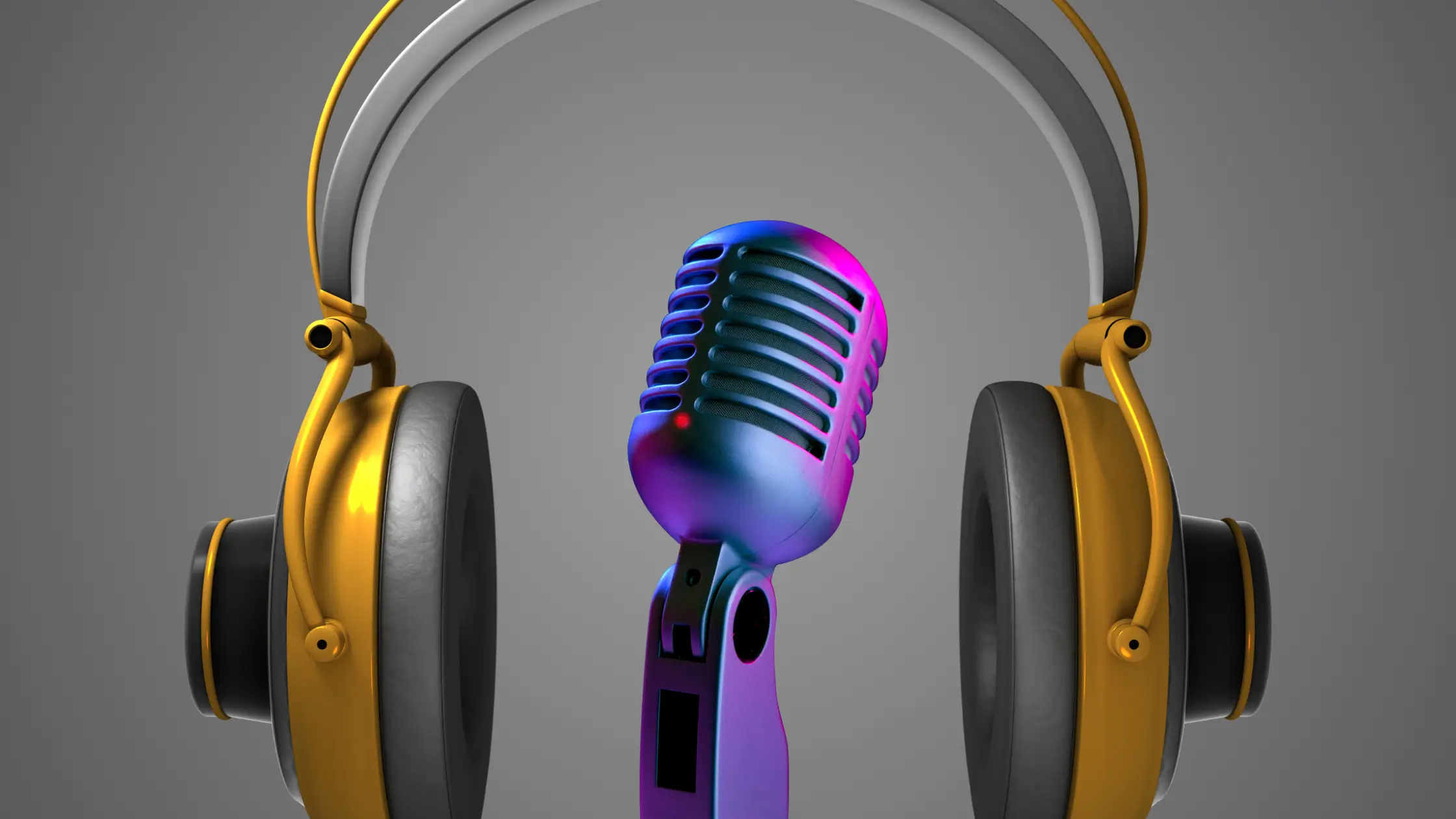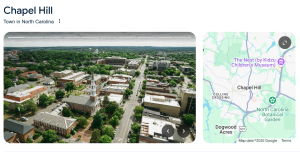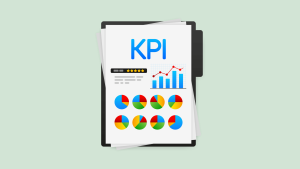In recent years, podcasting has exploded in popularity, becoming a mainstream medium for storytelling, education, and entertainment. Whether you’re passionate about a particular topic, have a unique perspective to share, or simply love to engage in conversations, starting a podcast can be a rewarding endeavor. This guide will take you through the essential steps to start your own podcast, from planning and recording to publishing and promoting.
❏ Over 3 million active podcasts and more than 198 million episodes available as of 2024. The medium’s reach is impressive, with 40% of Americans listening to podcasts monthly and an estimated 129 million regular listeners in the U.S. alone. Additionally, the podcast advertising market is projected to exceed $2 billion by 2024, highlighting the potential for monetization.
1. Conceptualize Your Podcast
Identify Your Niche
The first step in starting a podcast is to determine your niche. What is your podcast about? Consider topics you are passionate about and knowledgeable in, as this will help you create engaging content. Whether it’s true crime, technology, health, or a hobby like knitting, choosing a specific niche will help you attract a dedicated audience.
Define Your Target Audience
Understanding who your target audience is will shape the content of your podcast. Consider demographics such as age, gender, location, and interests. Knowing your audience will guide your episode topics, tone, and marketing strategies.
Format and Structure
Decide on the format of your podcast. Will it be interview-based, narrative, co-hosted, or solo? Determine the length of each episode, which can vary from 10 minutes to over an hour. Consistency is key, so try to stick to a regular schedule, whether it’s weekly, bi-weekly, or monthly.
2. Plan Your Episodes
Create a Content Calendar
A content calendar helps you stay organized and ensures you always have fresh content. Plan out your episodes in advance, including topics, guest appearances, and any special segments. This will help you stay consistent and maintain the quality of your podcast.
Research and Script
While some podcasts thrive on spontaneity, having a script or an outline can help keep you on track and ensure you cover all necessary points. Research your topics thoroughly to provide valuable information to your listeners.
3. Gather Your Equipment
Essential Equipment
- Microphone: A good quality microphone is crucial for clear audio. Popular options include the Audio-Technica ATR2100x-USB and the Shure SM7B.
- Headphones: Closed-back headphones help you monitor your audio and catch any issues during recording.
- Pop Filter: This reduces plosive sounds (like “p” and “b”) that can distort your audio.
- Audio Interface: If you’re using an XLR microphone, an audio interface like the Focusrite Scarlett 2i2 is necessary.
- Computer and Recording Software: Most podcasters use computers to record and edit their episodes. Audacity (free) and Adobe Audition (paid) are popular choices for recording software.
4. Recording Your Podcast
Setting Up Your Recording Space
Choose a quiet space with minimal background noise. Soundproofing your recording area can improve audio quality. Soft furnishings, carpets, and acoustic panels can help reduce echo and noise.
Recording Tips
- Speak Clearly: Enunciate your words and maintain a consistent volume.
- Monitor Levels: Ensure your audio levels are neither too high (which can cause distortion) nor too low (which can be difficult to hear).
- Practice: Rehearse your script or outline to become comfortable with the material.
5. Editing Your Podcast
Editing Software
To enhance your audio quality, cut out mistakes, and add music, you’ll need editing software. Popular programs in the podcasting community include Audacity, GarageBand (for Mac users), and Adobe Audition. These tools offer a range of features to help you create a polished final product.
Editing Process
- Remove Background Noise: Use noise reduction tools to clean up your audio.
- Trim Silences and Mistakes: Cut out long pauses, stutters, and any irrelevant content.
- Add Music and Sound Effects: Intro and outro music, as well as sound effects, can make your podcast more engaging.
- Level Your Audio: Ensure consistent volume levels throughout the episode.
6. Publishing Your Podcast
Choose a Hosting Platform
A podcast hosting platform stores your audio files and generates an RSS feed, which is necessary for distribution to podcast directories. Popular hosting platforms include Libsyn, Podbean, and Anchor.
Submit to Directories
Submit your podcast to major directories like Apple Podcasts, Spotify, Google Podcasts, and Stitcher. This will help you reach a wider audience. Follow each directory’s submission guidelines carefully to ensure your podcast gets approved.
7. Promote Your Podcast
Leverage Social Media
Create social media profiles for your podcast and share episodes, behind-the-scenes content, and engage with your listeners. Platforms like Instagram, Twitter, and Facebook can help you build a community around your podcast.
Collaborate with Other Podcasters
Guest appearances on other podcasts can introduce you to new audiences and provide valuable exposure for your own show. Networking with fellow podcasters not only expands your professional connections but also opens doors to potential cross-promotion opportunities.
Utilize SEO for Enhanced Discoverability
To maximize the visibility of your podcast, it’s essential to leverage search engine optimization (SEO) techniques. Optimize your podcast titles, descriptions, and show notes with relevant keywords related to your niche. A well-crafted show description and episode titles not only attract potential listeners searching for specific topics but also improve your podcast’s ranking on search engines.
8. Engage with Your Audience
Listener Feedback
Encourage your listeners to leave reviews and ratings on podcast directories. Positive reviews can improve your podcast’s visibility and credibility.
Community Building
Engage with your audience through Q&A sessions, listener shout-outs, and social media interactions. Building a strong relationship with your listeners fosters loyalty and encourages word-of-mouth promotion.
Conclusion
Starting a podcast involves careful planning, dedication, and a willingness to learn and adapt. By following these steps, you can create a podcast that not only showcases your passion and expertise but also resonates with your audience. Remember, consistency and authenticity are key to building a successful podcast. Happy podcasting!





